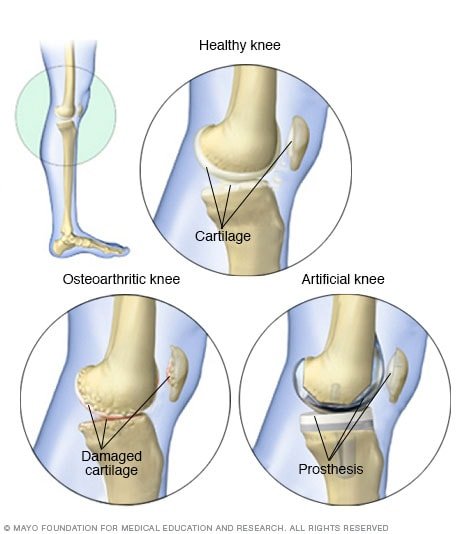
“Give a man health and a course to steer, and he’ll never stop to trouble about whether he’s happy or not.” – George Bernard Shaw
The automation of various aspects of orthopaedic practice has enabled improvements in patient recovery. Via the utilization of robot-assisted orthopaedic surgery, surgeons have the ability to optimize the accuracy and precision of their procedures. With a higher success rate in orthopaedic procedures, patients will feel more confident as they restore their lives.
Robotic surgical systems have the ability to enable surgeons to visualize their plan of action, then fix the bones during the procedure. Applications of robotic orthopaedic surgery include:
1)Total hip and knee replacement
2) Reconstruction of knee ligaments
As applications of robotic orthopaedic surgery are increased, the benefits will be gained by the patient community. With the innovation curve that often faces all technologies, it will be important for orthopaedic surgeons to factor in robotic orthopaedic surgery in their practices, so that the proof can be realized.
How does Robotic Orthopaedic Surgery work?
Orthopaedic surgeons will often utilize robots to optimize procedures such as joint replacement. During this process, the surgeon will cut away damaged bone, and replace it with a more structurally strong replacement made of metal alloys, high-grade plastics and polymers.
Knee Replacement: Depending on the severity of the joint pain experienced, the severity of the paint and the extent of joint degradation may result in the orthopaedic surgeon suggesting a total joint replacement. A joint replacement can keep a patient pain free for up to ten years. This could be the best way to get rid of the pain for good. The ideal candidates for joint replacement surgery typically are those persons who are in the later stages of osteoarthritis. The surgical process is often identified as a last resort.
Navigating the joint replacement site can be challenging, and robotics enables the best possible alignment. The robotic technology will enable the appropriate feedback loop that will enable the orthopaedic surgeon to complete the procedure.
Consult with your orthopaedic surgeon to determine if robotic orthopaedic surgery will work best for your health condition.
Article Reference:
- Mayo Clinic: Robotic Orthopaedic Surgery


